5. Babbush CA. 2007; Jun. A new atraumatic system for tooth removal and immediate implant restoration. Implant Dent. 16(2):139–45. DOI:
10.1097/ID.0b013e3180581656. PMID:
17563504.
6. Oghli AA, Steveling H. 2010; Ridge preservation following tooth extraction: a comparison between atraumatic extraction and socket seal surgery. Quintessence Int. 41:605–9. PMID:
20614049.
7. Shasmitha R, Selvarasu K. 2019; Knowledge on periotome and atraumatic extraction among dental students. Drug Invent Today. 11:399–403.
9. de Boer MP, Raghoebar GM, Stegenga B, Schoen PJ, Boering G. 1995; Complications after mandibular third molar extraction. Quintessence Int. 26:779–84. DOI:
10.2174/1874210601610010728. PMID:
29164184.
12. Blus C, Szmukler-Moncler S. 2010; Atraumatic tooth extraction and immediate implant placement with Piezosurgery: evaluation of 40 sites after at least 1 year of loading. Int J Periodontics Restorative Dent. 30:355–63. PMID:
20664837.
15. Pradhan S, Ashok Kumar KR. 2020; Evaluation of efficacy of periotome in orthodontic extractions: a split mouth clinical study. Int J Curr Adv Res. 9:21373–6.
17. Vercellotti T, Nevins ML, Kim DM, Nevins M, Wada K, Schenk RK, et al. 2005; Osseous response following resective therapy with piezosurgery. Int J Periodontics Restorative Dent. 25:543–9. PMID:
16353529.
18. Doyle DJ, Goyal A, Garmon EH. Abai B, Abu-Ghosh A, Acharya AB, Acharya U, Adhia SG, Sedeh PA, editors. 2022. American Society of Anesthesiologists Classification. StatPearls. StatPearls Publishing;Treasure Island (FL): DOI:
10.14245/ns.2142088.044.
19. Miller SC. 1950. Textbook of periodontia oral medicine. 3rd ed. Blakiston;Philadelphia (PA): p. 125. DOI:
10.14245/ns.2142088.044.
22. Garber DA, Salama MA, Salama H. 2001; Immediate total tooth replacement. Compend Contin Educ Dent. 22:210–6. 218PMID:
11913258.
24. de Santana-Santos T, de Souza-Santos JAS, Martins-Filho PR, da Silva LC, de Oliveira E Silva ED, Gomes AC. 2013; Prediction of postoperative facial swelling, pain and trismus following third molar surgery based on preoperative variables. Med Oral Patol Oral Cir Bucal. 18:e65–70.
https://doi.org/10.4317/medoral.18039. DOI:
10.4317/medoral.18039. PMID:
23229245. PMCID:
PMC3548647.
27. Troedhan A, Kurrek A, Wainwright M. 2011; Ultrasonic piezotome surgery: is it a benefit for our patients and does it extend surgery time? A retrospective comparative study on the removal of 100 impacted mandibular 3rd molars. Open J Stomatol. 1:179–84.
https://doi.org/10.4236/ojst.2011.14027. DOI:
10.4236/ojst.2011.14027.
28. Chopra P, Chopra P. 2011; Piezosurgery and its applications in periodontology and implantology. Int J Contemp Dent. 2:16–24.
30. Bortoluzzi MC, Manfro R, De Déa BE, Dutra TC. 2010; Incidence of dry socket, alveolar infection, and postoperative pain following the extraction of erupted teeth. J Contemp Dent Pract. 11:E033–40. DOI:
10.5005/jcdp-11-1-33. PMID:
20098964.
32. El-Abbasy S. 2019; Clinical outcomes of bone removal using Piezotome versus rotary instruments in impacted mandibular third molar surgeries. Egypt Dent J. 65:1143–8. DOI:
10.21608/edj.2019.72183.
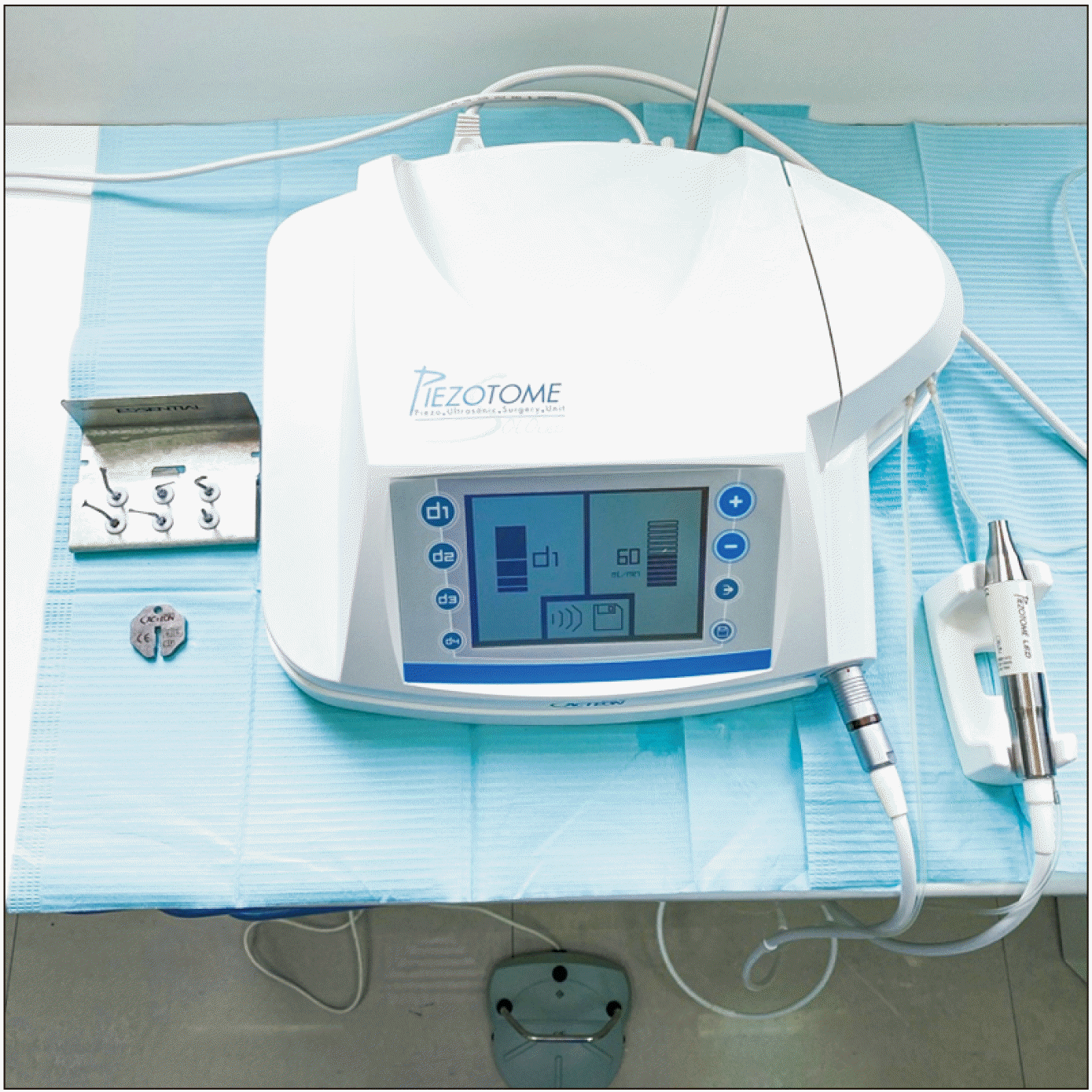




 PDF
PDF Citation
Citation Print
Print



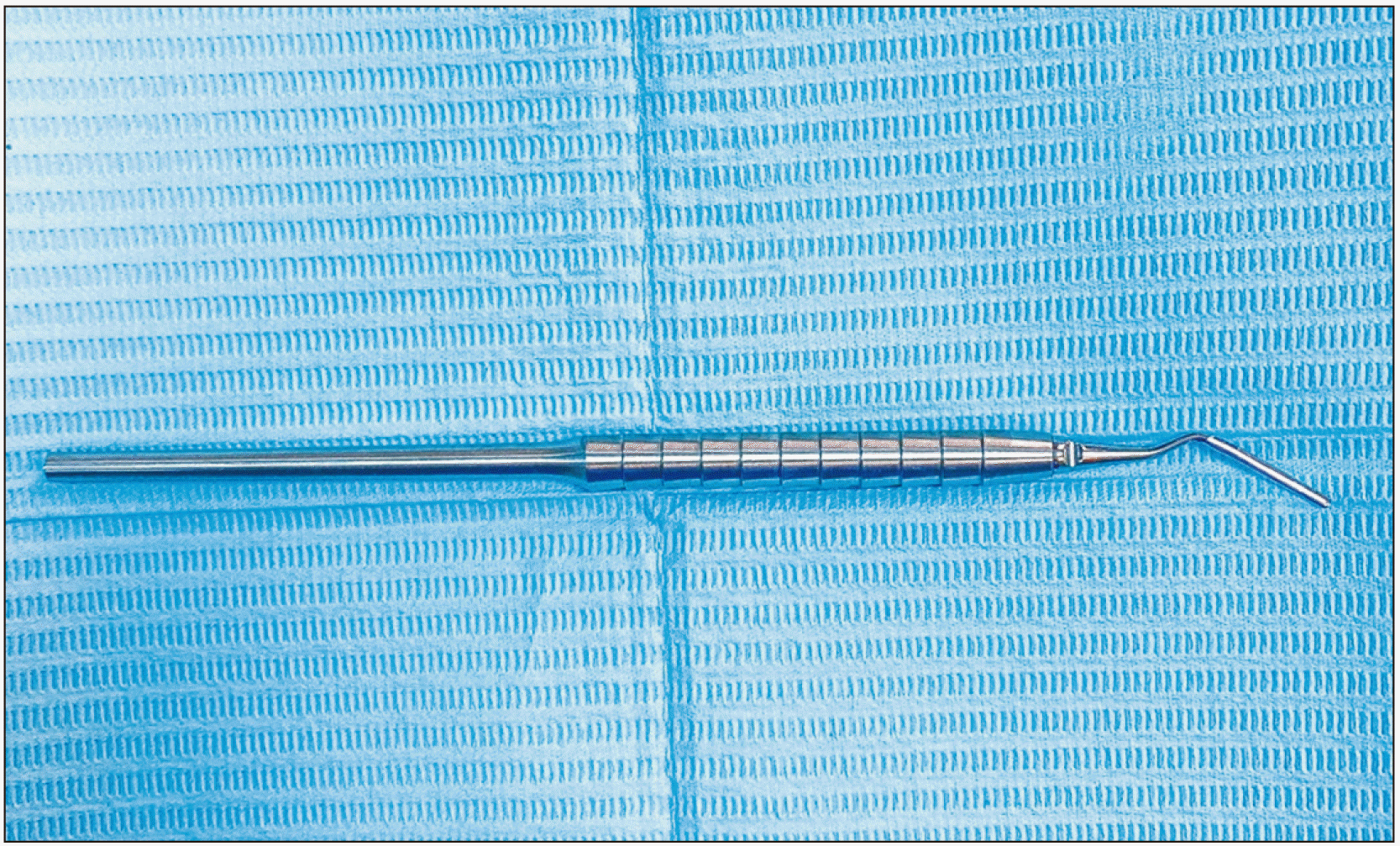
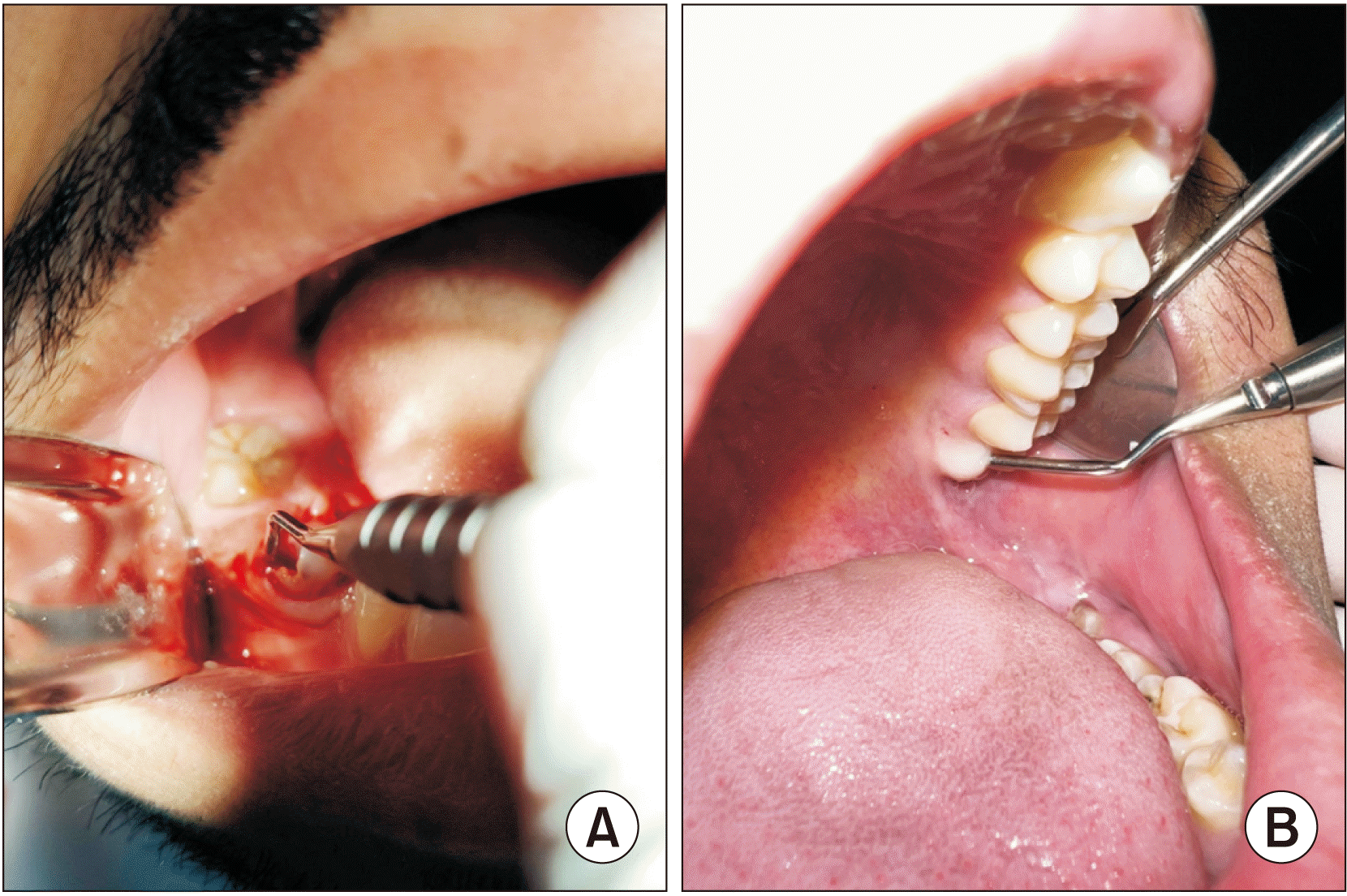
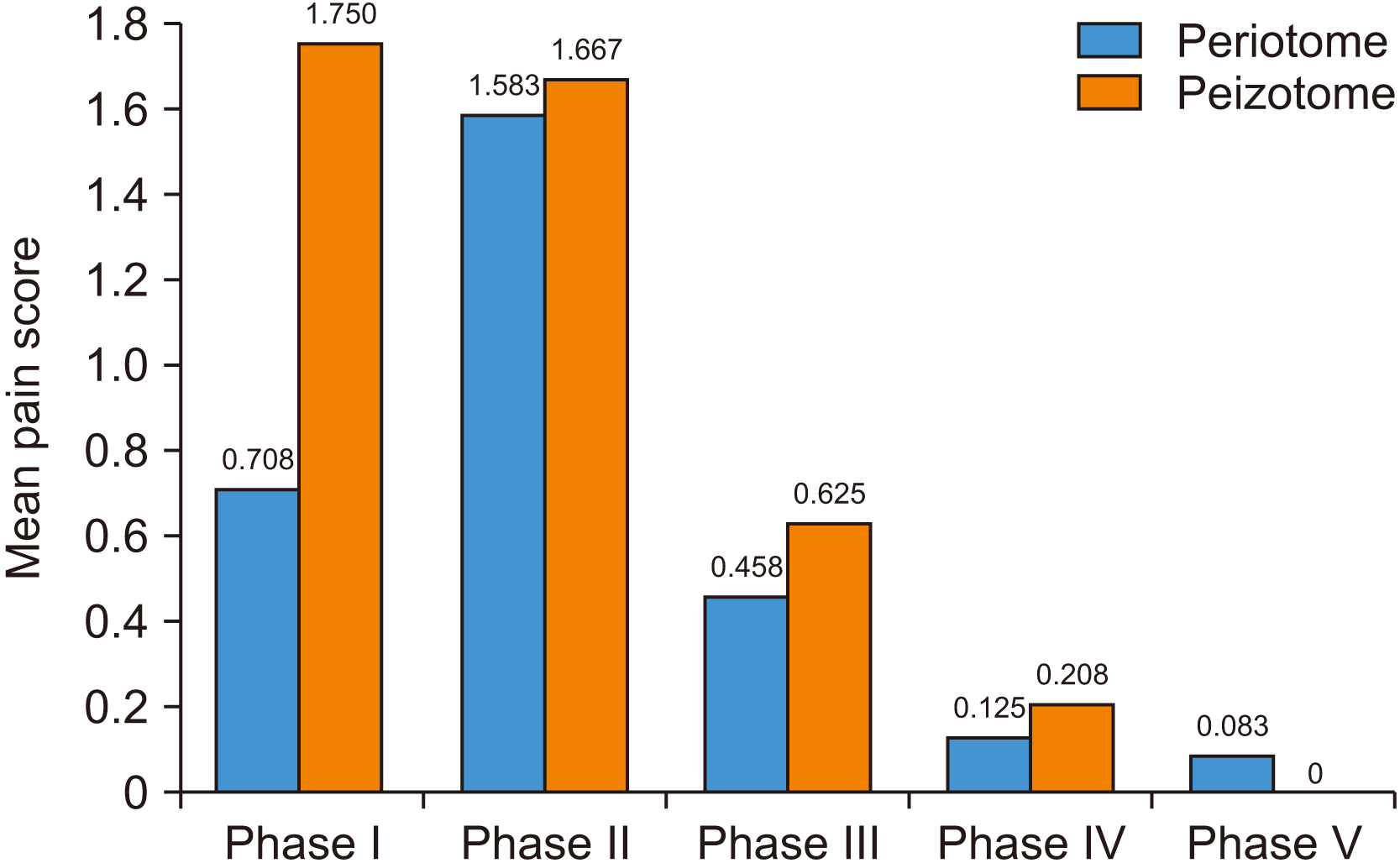
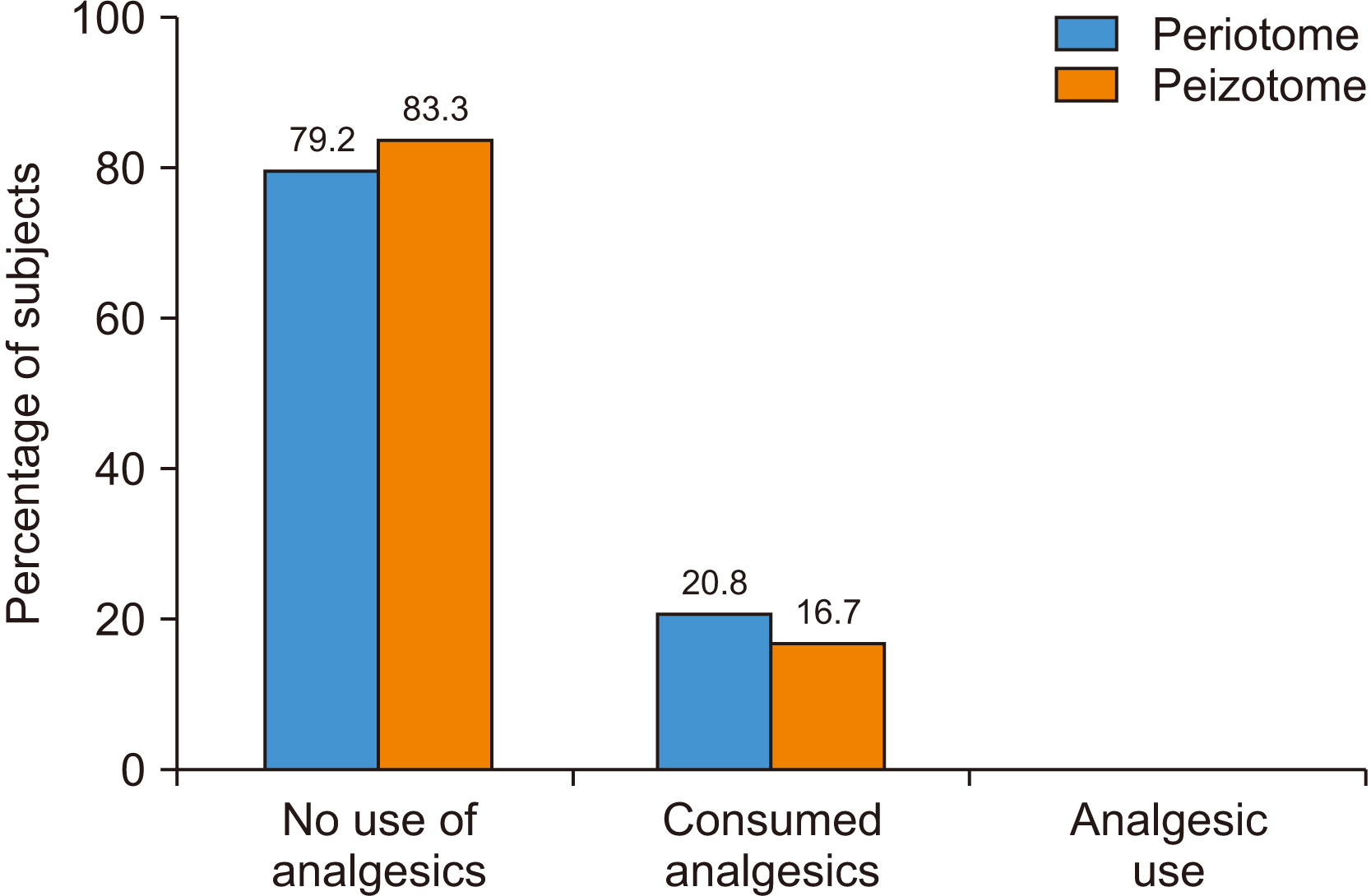
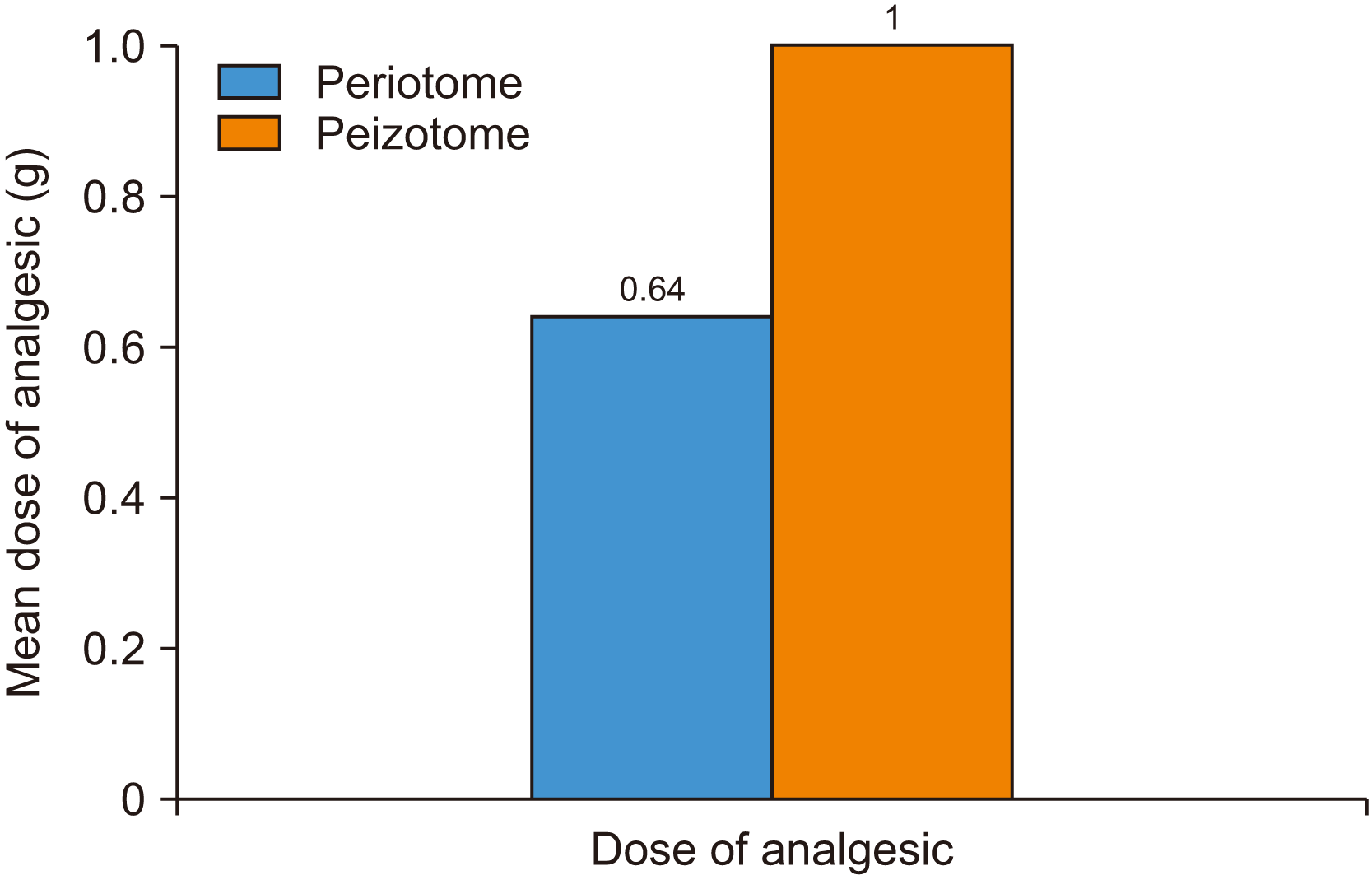
 XML Download
XML Download